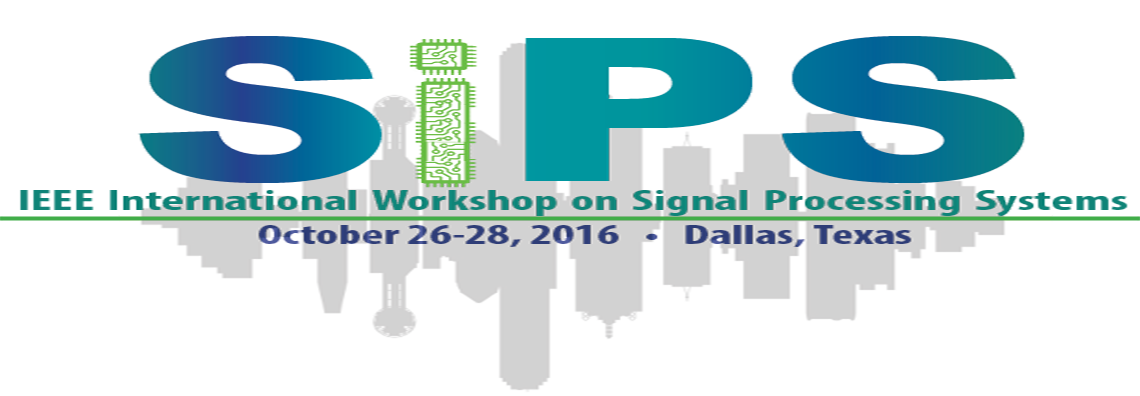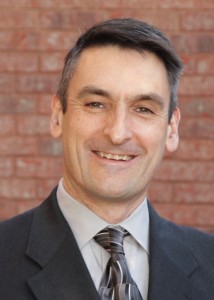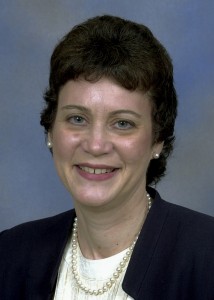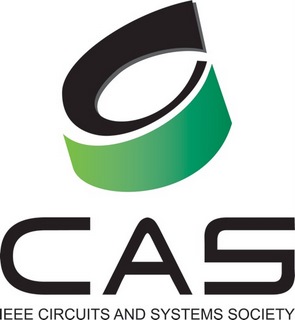Alan C. Bovik
Director, Laboratory for Image and Video Engineering
The University of Texas at Austin
Title: Advances in Picture Quality: Vision Science and Algorithms
In this talk I will discuss emerging topics on the frontier of picture quality research. First I’ll talk about a challenging new picture quality database that we have recently released. Unlike our prior experimental work, the new database focus on the authentic, real-world distortions that occur when capturing digital photographs. We conducted a massive crowdsourcing study to gather human subject scores on more than a thousand mobile pictures captured around the world. All leading no-reference picture quality prediction models are deeply challenged by this database. Second, I’ll discuss our recent efforts on modeling the natural statistics of infrared (IR) images, and using these models for a variety of interesting tasks, including IR picture quality, recognition on IR images, and IR image identification. I’ll also discuss our broader plans to evaluate pictures delivered by other security-directed modalities, such as x-ray imagers and millimeter-wave imagers.
Biography:
Al Bovik is the Cockrell Family Regents Endowed Chair Professor at The University of Texas at Austin. He has received a number of major awards including a Primetime Emmy Award from the Academy of Television Arts and Sciences and the ‘Society Award’ of the IEEE Signal Processing Society. His books include The Handbook of Image and Video Processing, Modern Image Quality Assessment, and The Essential Guides to Image and Video Processing.
Al co-founded and was the longest-serving Editor-in-Chief of the IEEE Transactions on Image Processing and created the IEEE International Conference on Image Processing in Austin, Texas, in November, 1994.
Alan Gatherer
CTO, Baseboard System on Chip, Huawei Technologies, USA
Title: Chemical reactions in the organic network: strategic directions for developing chips and systems in next generation cellular
Abstract:
In our quest for more and more bandwidth per customer and per unit cube of space, we are starting to break down the basic cellular structure of the wireless network. People talk of the death of cellular due to technologies such as Coordinated Multipoint, massive MIMO and densification. But the implications of this breakdown go well beyond algorithmic changes and fuzzy cell boundaries. The way we construct the network, control the network and optimize the network will see fundamental changes in the next decade. In this presentation we will discuss two main ideas. Firstly the idea that the network will become organic and will spread and evolve in concert with the community of users and services it supports, in a manner that we will only be able to observe and align to rather than control. Minimizing network cost will be replaced by enabling network evolution as the main goal of the network developer and to do that we need to understand our user in new and more sophisticated ways. Cloud RAN, edge computing and user centric networks will be discussed. Secondly, because of the massive parallelism in the system the role of the compute and storage elements in the radio access part of the network will become like atoms in a larger chemical reaction and this will change the way we define, program and use Systems on Chip (SoCs). We will discuss the implications of the end of Moore’s law on future baseband SoC and propose a division of SoC functionality into “Bernoulli” and “Newtonian” functionality.
Biography:
Alan Gatherer is the CTO for Baseband System on Chip in Huawei Technologies, USA and a Fellow of the IEEE. He is responsible for R&D efforts in the US to develop next generation baseband chips and software for 4G and 5G basestation modems. His group is presently developing new technologies for baseband SoC in the areas massive parallelism, programming models and languages and real time isolation for multimode virtualization and Service Oriented Radio. Alan joined Huawei in January 2010. Prior to that he was a TI Fellow and CTO at Texas Instruments where he led the development of high performance, multicore DSP at TI and worked on various telecommunication standards. Alan has authored multiple journal and conference papers and is regularly asked to give keynote and plenary talks at communication equipment conferences. In addition, he holds over 60 awarded patents and is author of the book “The Application of Programmable DSPs in Mobile Communications.” Alan holds a bachelor of engineering in microprocessor engineering from Strathclyde University in Scotland. He also attended Stanford University in California where he received a master’s in electrical engineering in 1989 and his doctorate in electrical engineering in 1993.
Wanda Gass
President, Design Connect Create
Title: Solving the Equation for Women’s Success in Engineering
In this talk the barriers and solutions for increasing the number of women in engineering and computing will be discussed. In addition, the business case for why we need more women in Science, Technology, Engineering and Math (STEM) will be presented. Since 2003 a 2-week summer program has been offered to high school young women, which implements many of the solutions highlighted in “Solving the Equation.” The data shows that the summer program translates into more self-confidence, better grades and increased interest in careers that use STEM for the young women who participate in the program. The theme for the summer program is that “Physics is tough, but girls are tougher.”
Biography:
An advocate for young women and girls to pursue high-demand jobs in Science Technology Engineering and Math (STEM), Wanda Gass brings a passion to her role as President of Design Connect Create. Wanda’s interest in engineering was influenced by her father, a petroleum engineer, who started his own business shortly after she was born.
Wanda completed her B.S. degree in Electrical Engineering at Rice University and her M.S. degree in Biomedical Engineering at Duke University. Wanda’s first engineering job was with Texas Instruments where she worked for 31 years. At TI she was elected TI Fellow for her pioneering work in the development of TI’s first Digital Signal Processor (DSP). Wanda’s many innovations have led to successful commercialization of technology that has changed the way people around the world live, learn, work and play. Today DSP solutions are essential components of cell phones, digital cameras, MP3 players, digital hearing aids, and a myriad of other consumer products.
Wanda was inducted into the Women In Technology International Hall of Fame in 2003. Her contribution to TI’s first DSP was included in the list of “25 microchips that shook the world,” an article published in Institute of Electronic and Electrical Engineers (IEEE) Spectrum. She was elevated to IEEE Fellow in 2007. She is currently serving as IEEE Solid State Circuits Society liaison for Women in Engineering and on the Advisory Board of the Brown School of Engineering at Rice University.
She received the 2011 Tech Titans Community Hero Award for her work in creating new programs for young women and girls in the Dallas area. She currently works with Upper School robotics club at The Hockaday School.
Wonyong Sung
Professor, Seoul National University
Title: Quantization and pruning of deep neural networks
The complexity of deep neural network algorithms for hardware implementation can be much lowered by minimizing the word-length of weights and signals. Direct quantization of floating-point weights, however, does not result in good performance when the number of bits is small. Retraining of quantized networks has relieved this problem dramatically, and the technique is applied to optimum quantization of feed-forward, convolutional, and recurrent neural networks. Some deep neural networks work very well even with ternary (+1, 0, and -1) valued weights, which does not demand multiplications for implementation. Especially, the performance gap between floating-point and fixed-point algorithms narrows very rapidly as the network size grows. This talk will show that deep neural networks can reduce the quantization effects by learning, thus the trade-off between the network complexity and the weight precision can be made. Several advanced fixed-point optimization techniques for deep neural networks will also be presented. Another approach for network complexity reduction is pruning. However, random pruning of weights that eliminates low strength connections can hardly be beneficial for software or hardware based implementations. A structured pruning approach that leads to more efficient implementations will be discussed.
Biography:
Wonyong Sung is a Professor at the Electrical and Computer Engineering Department of the Seoul National University and is a Fellow of IEEE. His main research interest is efficient implementation of signal processing algorithms, including fixed-point optimization and parallel processing. In recent years, he has conducted research on deep neural networks for the application to speech recognition. His research contribution includes complexity reduction of deep neural networks through weight quantization and pruning.
Wonyong Sung received the Ph.D. degree in electrical and computer engineering from the University of California, Santa Barbara, in 1987. He has been a faculty member of the Seoul National University since 1989. From 1993 to 1994, he consulted the Alta Group of Cadence Design Systems for the development of the Fixed Point Optimizer. He has consulted several Korean companies, including Sindoh and Koh Young Technology. He was an associate editor of the IEEE Tr. Circuits and Systems II from 2000 to 2001, was the chair of the Design and Implementation of Signal Processing Systems Technical Committee (DiSPS TC) from 2010 to 2011, and was the general chair of the 2003 SiPS (Signal Processing Systems) Workshop held in Seoul, Korea.





